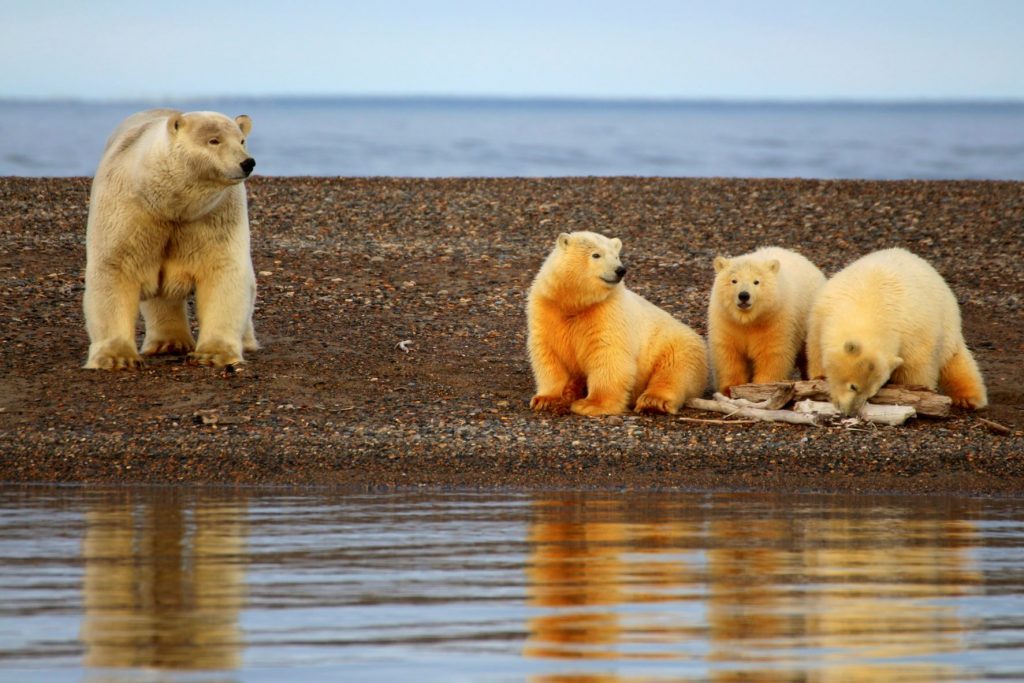
You’ve arrived at the website of Annika Hipple, a freelance writer, editor, and photographer with many years’ experience telling stories through words and images. Whether you’re looking for journalism, content marketing, or travel photography, I can help. My articles and photos have appeared in many different publications, including Lonely Planet, Sierra Magazine, BBC Travel, Time Out and House Beautiful. I’ve also contributed to guidebooks (Berlitz, Fodor’s, Travel Channel online); edited magazines, online news, and countless other projects; been interviewed on Arizona radio; and provided content marketing services to a wide range of clients in different industries.
My specializations include travel, adventure, conservation, sustainability, international development, history, Scandinavia, and profile articles.
In addition, I’m a professional tour leader with worldwide experience, and am also available as a travel consultant for individuals and travel companies seeking destination expertise and/or itinerary planning services.
If you have any questions or would like to discuss a potential project, please drop me a line. Thanks for stopping by!
PLEASE NOTE: My website network was hacked, and this is a basic temporary site in place while I am rebuilding my full portfolio site and blogs. For samples of my published work, please visit annikahipple.contently.com